During the long cold spell we have had, the project I have been working on is replacing the flyball springs on a Pickering governor. The springs on this governor are approximately 109 years old, very rusty and seemed to be weak on tension. The first picture is out of order in the process, but will give you the reason I decided to replace them. I consider these to be in poor condition.

These are the springs that I am changing out. There is a total of 15 altogether.
First thing you need to do, is knock the brass rings off both ends of the spring holders. These aren't real tight but you need to be careful not to damage them. They are brass and soft.
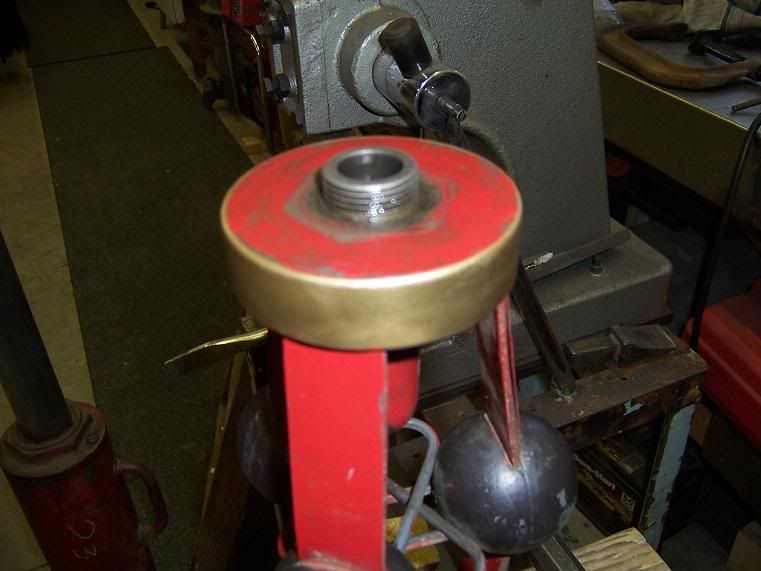
This is how it looks before removing the brass ring.
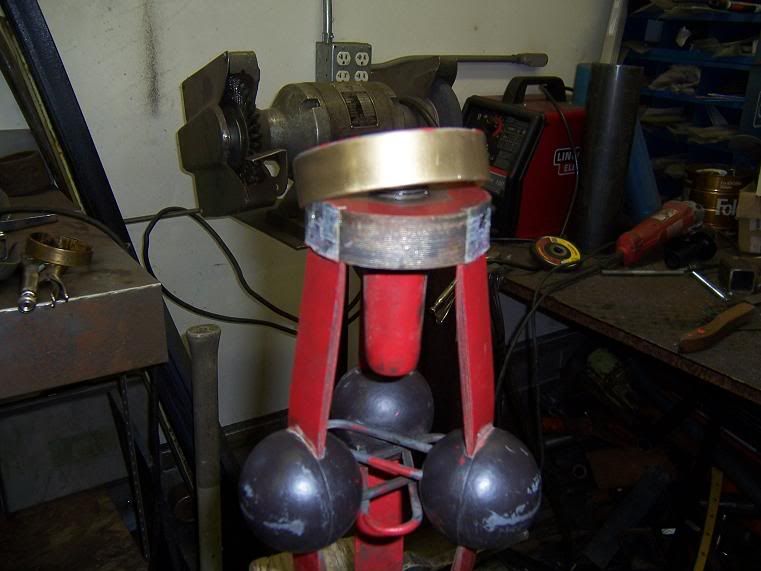
This is what it will look like after removing the brass ring.
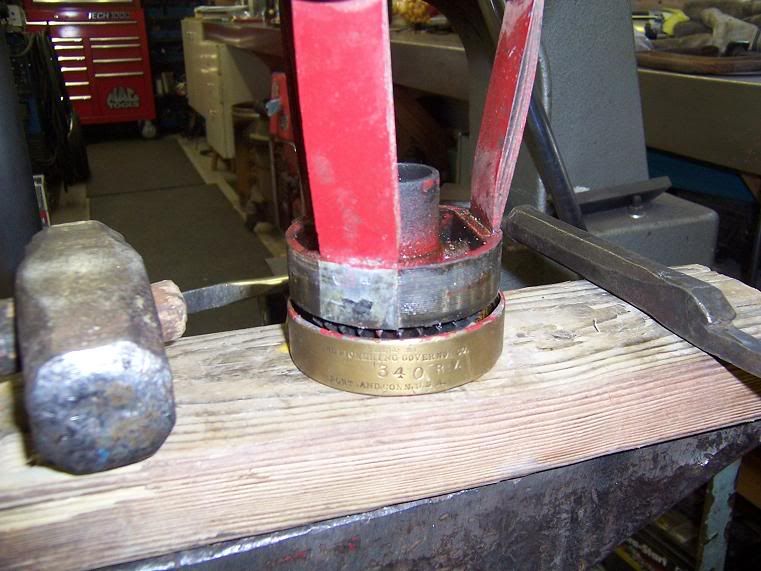
This is the brass ring on the bottom (next to the drive gear).

These are the springs that I am changing out. There is a total of 15 altogether.
First thing you need to do, is knock the brass rings off both ends of the spring holders. These aren't real tight but you need to be careful not to damage them. They are brass and soft.

This is how it looks before removing the brass ring.

This is what it will look like after removing the brass ring.

This is the brass ring on the bottom (next to the drive gear).
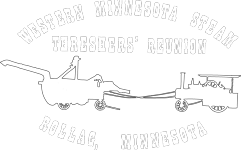


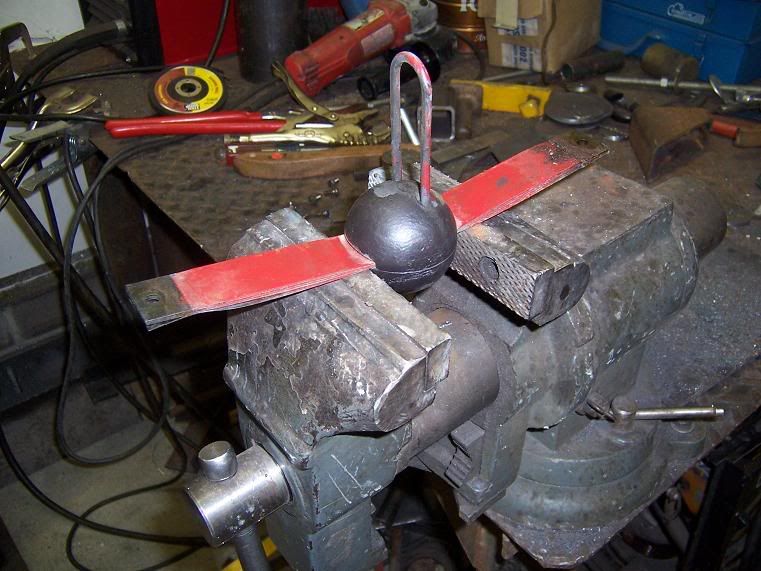
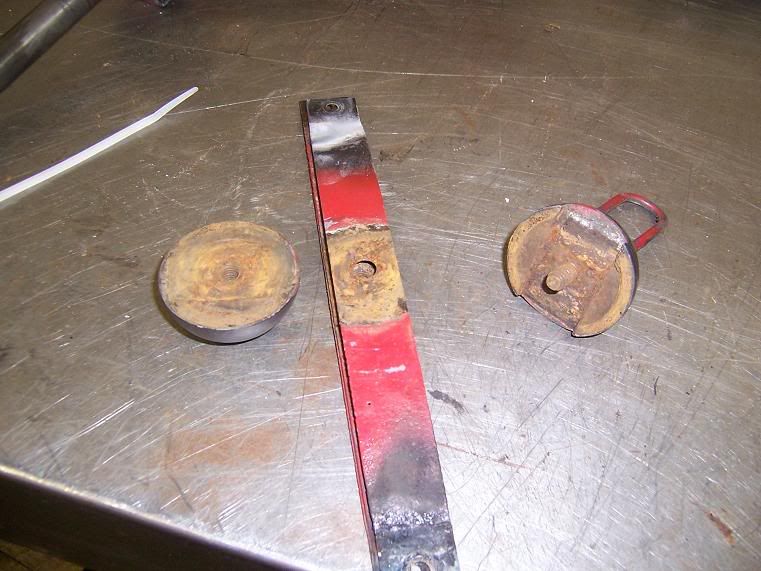
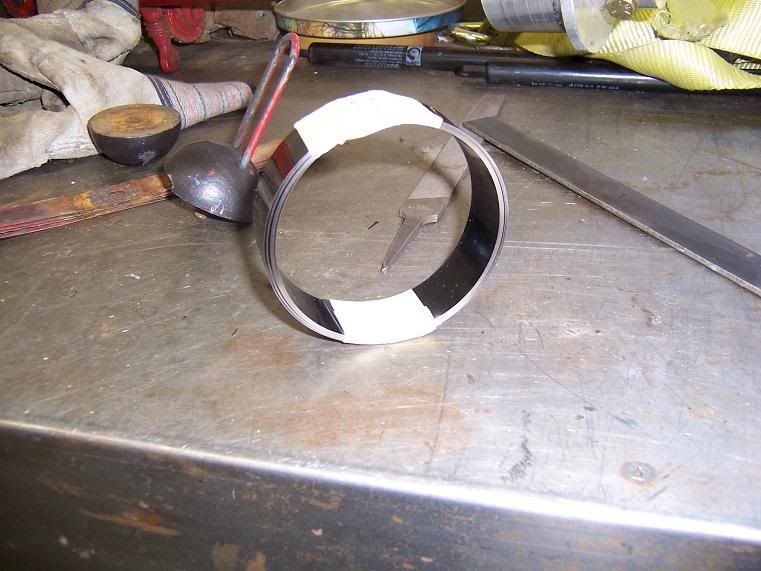
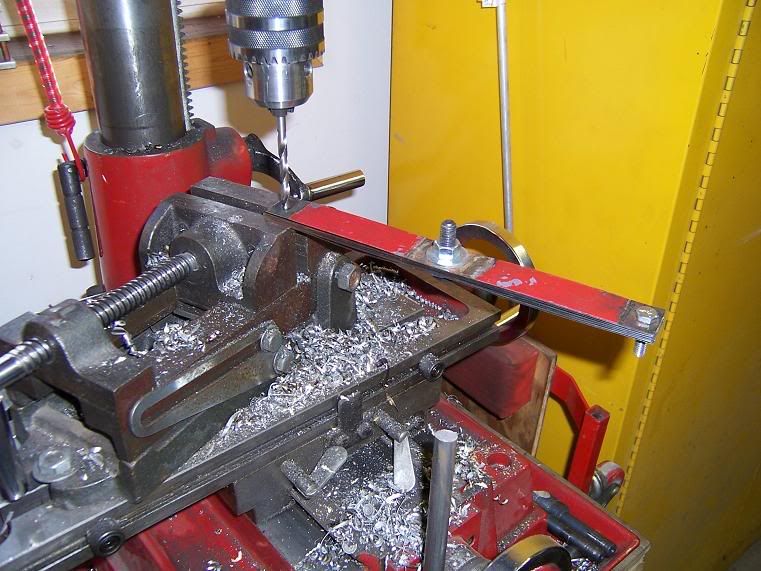
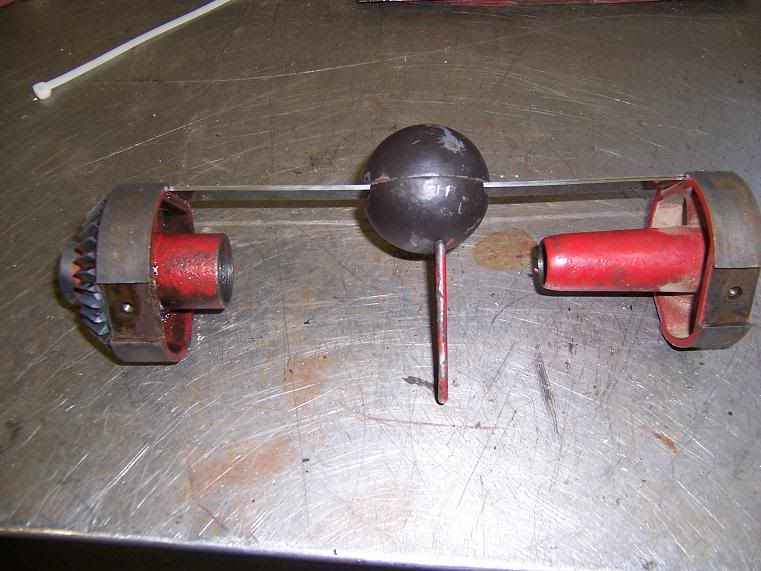
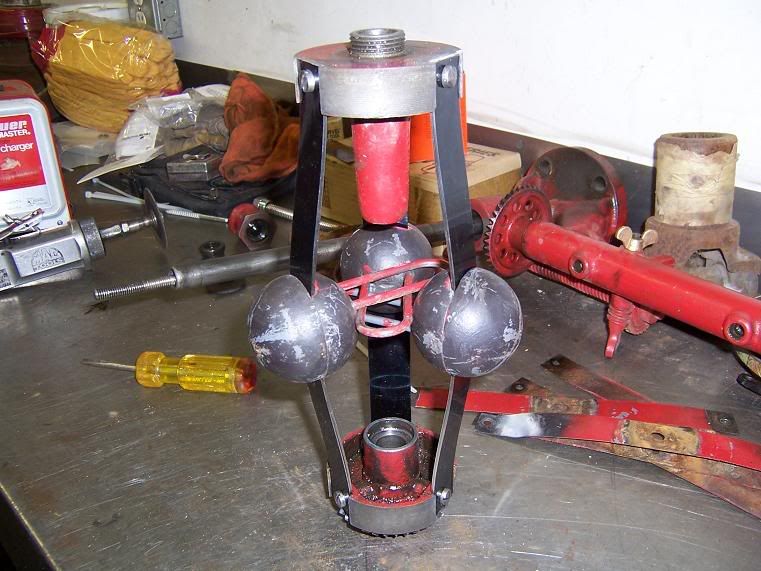


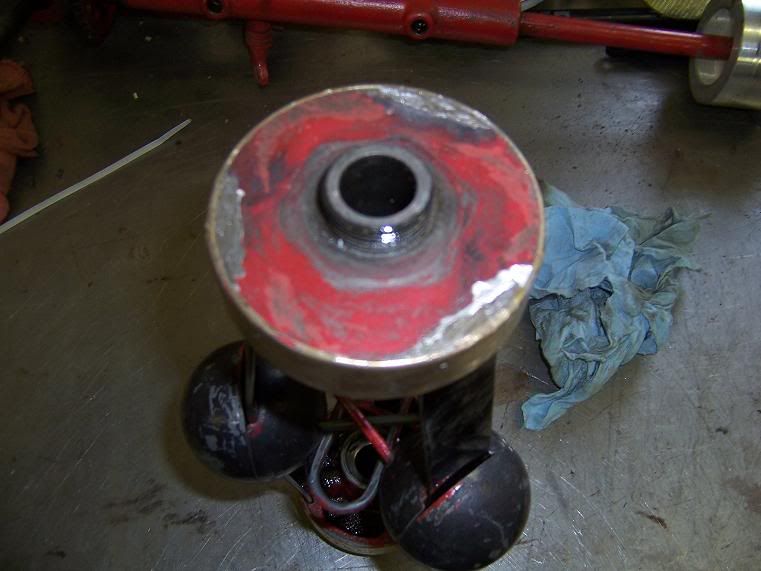
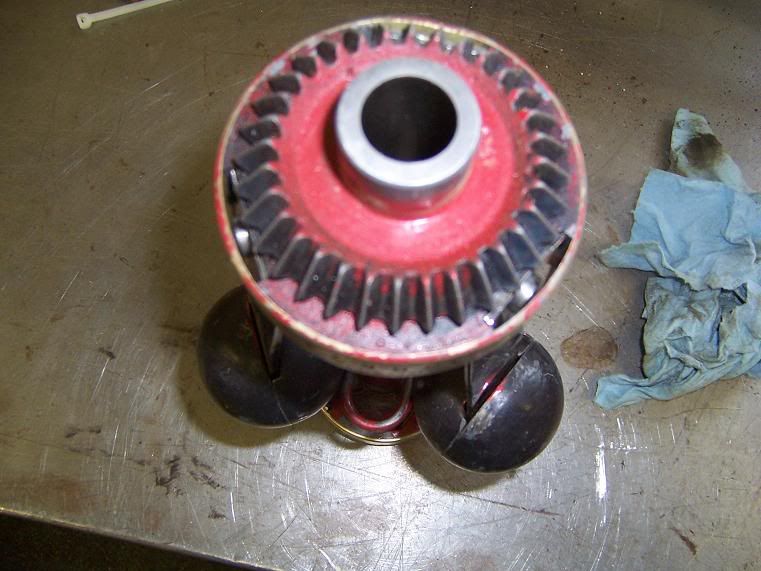
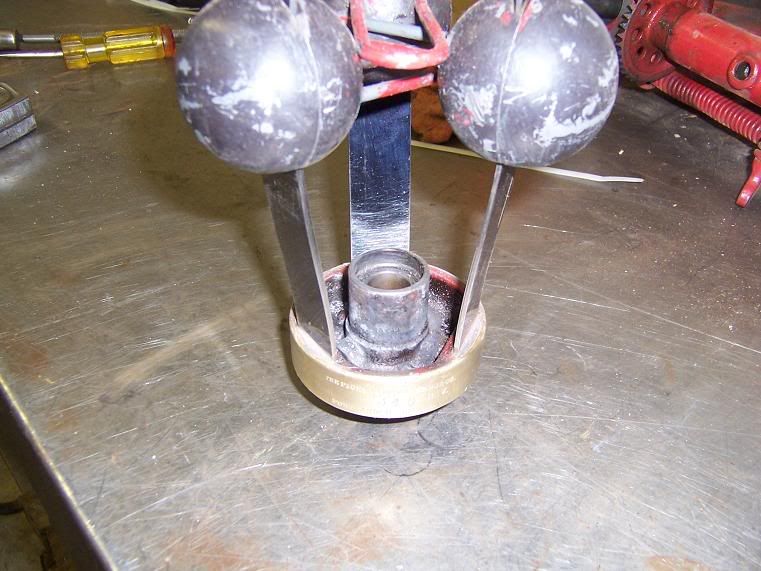
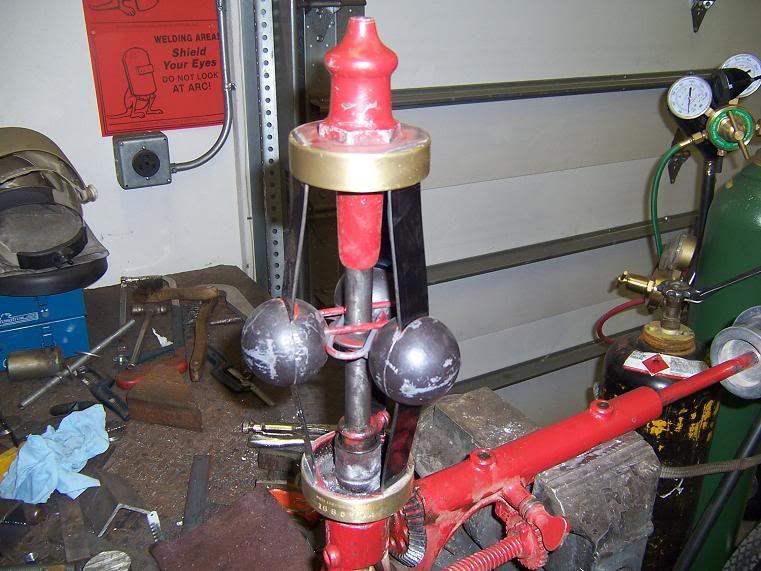

 . I'd say a couple of your photos show the "safety loops" and how they're stacked quite well. One question I have is do you have any shots of how you dammed up the cavities to pour the babbit or the process of pouring (guess that's 2 questions)?
. I'd say a couple of your photos show the "safety loops" and how they're stacked quite well. One question I have is do you have any shots of how you dammed up the cavities to pour the babbit or the process of pouring (guess that's 2 questions)?